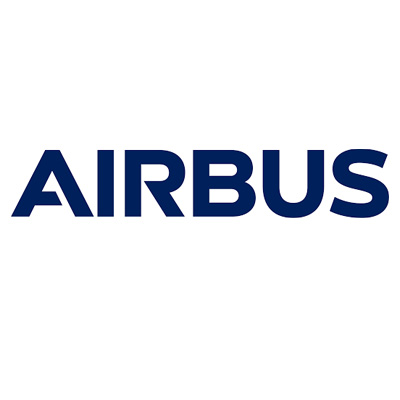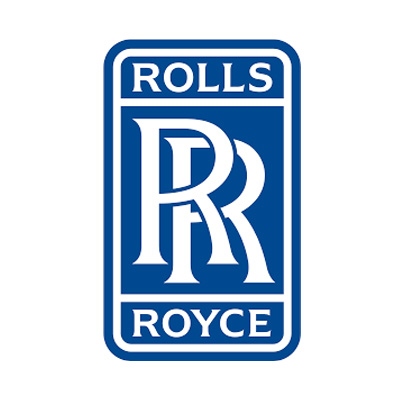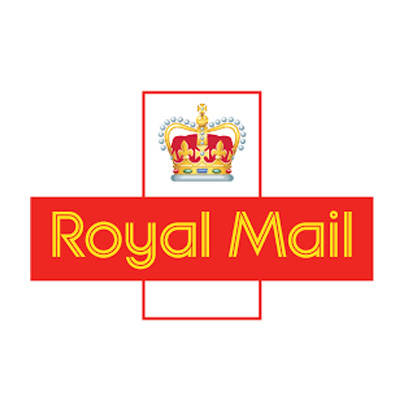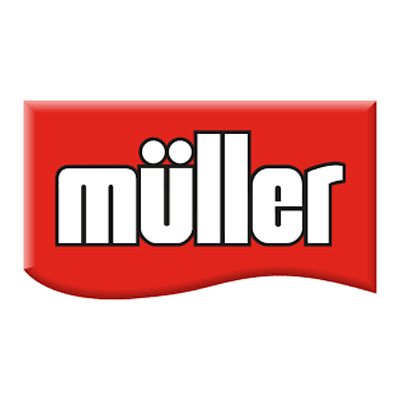The applications of rubber in catering and food processing
October 2018Praised for its elastic quality and versatility, rubber is seen as a multi-purpose product that has become one of the world’s most useful materials. Rubber…
Read More Established 1932
Established 1932 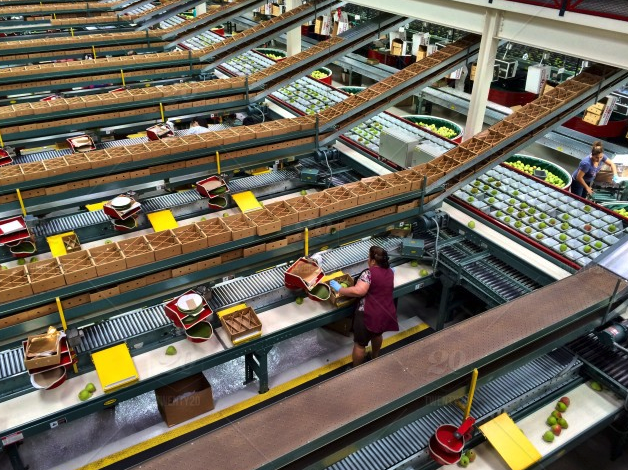
A conveyor belt is an essential part in many different types of businesses. Whatever the size of conveyor belt, it will last longer and function optimally, as well as saving you money in the long run, if you look after it well. Here is how to get the most from your conveyor belt.
A conveyor belt is only as good as the purpose it is built for, so choosing the correct belt for your application is essential to achieve optimal performance. As well as different styles for different functions, within each type there will be differences in factors such as temperatures, loads and speeds. If you are purchasing a conveyor belt for the first time we recommend asking one of our sales engineers or experienced fitters to look at your conveyor belting application and specify the correct conveyor belt solution.
Setting up your conveyor belt for use requires the correct tension to be applied. The wrong tension means the belt will not perform correctly, and over-tensioning in particular, is one of the most common reasons for belt failure. Running the belt with the incorrect tension can ruin the shafts and bearings of the pulley mechanism and also to laps, slats, or stretchers pulling out. Check the tension on the conveyor belt before you use the conveyor system. If you are unsure of the correct tension for a specific conveyor belt why not ask one of our conveyor belt fitters to attend site and specify the correct tension.
One of the other major causes of belt failure is pollution – particularly for belts used in the food industry. Conveyor belts used in a food production facility should be cleaned on a daily basis. Product should not be left to build up on the belt, not only for reasons of hygiene, but also because product build up can wear away at the life of a conveyor belt.
Build a cleaning routine into the operating process of the belt which involves washing down pulleys and conveyors completely. The conveyor should be cleaned on both sides by loosening the belt. Only use products that are recommended by us and are deemed suitable for the specific conveyor belts material.
Whenever a belt has been loosened for cleaning and reassembled, the tension should be re-aligned, and the tracking checked to ensure it is running correctly.
The tracking is another feature that needs regular periodical attention to ensure your conveyor belt works well on a daily basis and to its recommended life span. Tracking should be checked both with and without product because load will affect the way a belt runs. It should also be checked with and without product in a reverse direction.
Even if you look after your belt, there will come a time when it needs to be replaced. This could be due to age, normal wear and tear or could be due to damaged caused to the belt by the machine or conveyor system. One important consideration when replacing belts on an existing conveyor is that if the original belt had been on for some time, the conveyor will have “naturally adjusted” to the belt, and the mechanism may have “moved” from its original specifications.
Before fitting a new belt, the machine or conveyor system may need adjusting back to it’s original specifications and the tension realigned. The belt should then be fitted, and test runs made at slow speeds to enable any minor adjustments to be made to tension and tracking. Do not run at full speed until you are satisfied the belt is running correctly.
Inspection and periodical maintenance. The belt itself will not run correctly to its optimum performance if the conveyor mechanism or the mechanical structure is damaged, worn, or broken.
Replacing a belt is a good time to check the operating-worthiness of the full structure but there should also be a regular check for worn parts and potential mechanical issues. Ensure that the conveyor is square and level and that all rollers turn properly and are correctly inset into the frame. Parts to check include any automatic parts and any moving parts including pulleys, cutters, folders, scrapers, and rollers. Repairs and replacements should be made as soon as possible.
If you maintain your conveyor belt in good order, it will last longer and perform well in operations avoiding holdups and stoppages, thereby saving you money and resources.
Ask our Sales engineers to call in to see you to discuss your PVC, PU or Rubber Conveyor belting requirements or ask for one of our conveyor belt fitters to attend your site and assist you in the maintenance of your conveyor belting systems.
Praised for its elastic quality and versatility, rubber is seen as a multi-purpose product that has become one of the world’s most useful materials. Rubber…
Read MoreRubber is a highly versatile and useful material. In every vehicle, building and machine, it is easy to identify a rubber component - from car…
Read More

